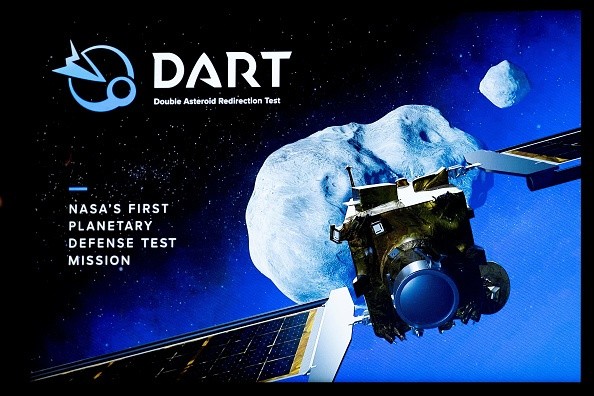New NASA DART findings finally validated kinetic impact as one of the independent space agency's planetary defense methods.

In 2022, the Double Asteroid Redirection Test made huge headlines after it successfully hit the asteroid Dimorphos. After the impact, the NASA DART team started analyzing the data they collected from the space activity.
Now, new findings were shared in four papers published in the Nature journal. These results confirmed that a kinetic impactor is an efficient planetary defense method.
NASA DART: Kinetic Impactor Now Part of Planetary Defense!
NASA Science Mission Directorate Associate Administrator Nicola Fox explained the new NASA DART findings are critical for them.

"These findings add to our fundamental understanding of asteroids and build a foundation for how humanity can defend Earth," she explained via the official NASA Gov.
To give you an idea about the new NASA DART findings, here are some of the information detailed by the four studies:
- First Study: Revealed that asteroid impact could be prevented with sufficient warning time; around seven years minimum.
- Second Study: Revealed that an asteroid's trajectory could be changed not just through collision, but also via ejecta recoil.
- Third Study: Also showed that ejecta recoil played a major role in the recent NASA DART mission.
- Fourth Study: Revealed more information about asteroids. For example, NASA DART made Dimorphos an active asteroid.
With all these findings, NASA said that kinetic impact is now considered one of the planetary defense methods.
How NASA Protects Earth
To protect Earth from asteroids and other serious space threats, NASA established the Planetary Defense Coordination Office (PDCO).
Here are the main missions of NASA PDCO:
- Provides early detection of potentially hazardous objects (PHOs).
- Plays a lead role in coordinating U.S. government planning for response to an actual impact threat.
- Tracks and characterizes PHO's and issues warnings of the possible effects of potential impacts.
- Studies strategies and technologies for mitigating PHO impacts.
If you want to learn more about NASA PDCO, you can click this link.
Other stories we wrote about NASA:
Recently, NASA confirmed that the SpaceX Crew-6 mission launch has been delayed. We also reported about the new NASA weather sensors that can track tropical cyclones.
For more news updates about NASA and other space topics, always keep your tabs open here at TechTimes.

ⓒ 2025 TECHTIMES.com All rights reserved. Do not reproduce without permission.




